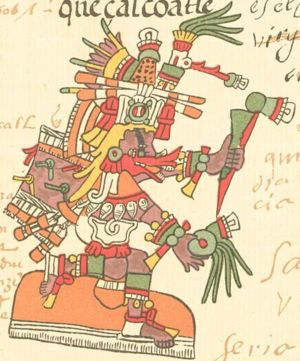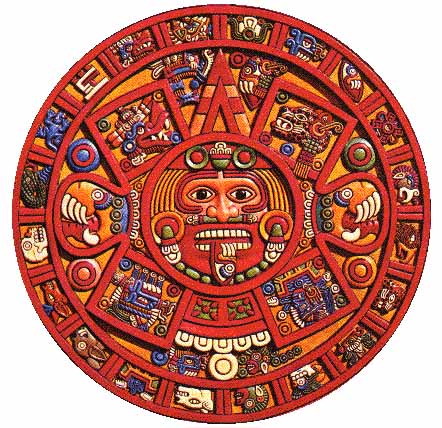In 1980, Louis and Walter Alvarez proposed an asteroid theory to explain the mass extinction of the dinosaurs approximately 65 million years ago, an event which obliterated over 70% of the life on the planet. The decimation of the dinosaurs occurred at a specific boundary in geophysical time referred to as the K-T boundary, which separated the Cretaceous and Tertiary periods in geologic time. The basis of their theory was geophysical data obtained from the crater buried beneath the Yucatan peninsula near the port city of Progreso, Mexico. The father and son team extracted mineral samples from the nearly 300 km wide crater which was buried beneath 1100 meters of limestone and found high levels of iridium, an element rare within the earth's crust but found in abundance within meteors. The Alvarez team radioisotope dated these mineral deposits to be approximately 65 million years old. The crater structure became known as Chicxulub, named after a Mayan village located near the site where deep drilling first was undertaken. The Alvarez's also discovered a centimeter-thick clay layer among limestones deposited on the Earth's surface at the time of the extinction event, near the Medieval town of Gubbio, Italy. This layer was also rich in iridium. They theorized that a massive asteroid struck the earth at the K-T boundary, forming the Chicxulub structure, and blanketed the entire planet in dust. This event would have blocked the sun's rays and prevented photosynthesis from occurring. Thus, all the plant life would expire. Following this, all the herbivores would die off, then the carnivores as their food source was removed. In addition to the dust, there would have been tectonic shift, earthquakes and massive tsunamis that would cause wide spread, instantaneous devastation. The asteroid causing such a massive impact crater would have had to have been at least 10 km wide and struck the surface of the planet with a force greater than any we could imagine. It has been postulated that such an impact would have a force 1000 times greater than an all out nuclear assault by the entire arsenal of human weapons. Over 200,000 cubic kilometers of the earth's crust would have instantly vaporized or been ejected into the atmosphere, blanketing the entire planet in a dust rich in iridium. The collision of a large piece of space debris induced a global environmental collapse which resulted in the devastation of the majority of the biosphere.
According to data compiled by the Anglo-Australian Observatory, there are about 2000 objects large enough to initiate a global catastrophe known to cross Earth's orbit. An impacting object 1 km in diameter would be sufficient to destroy 25% of humanity. The object which created the Chicxulub structure would probably destroy over 90% of the human race. Such objects are thought to impact the planet every 100,000 years or so. Others (ie. Clube and Napier -- The Cosmic Serpent) believe that the impact flux varies on an even shorter cycle. This school of thought has been coined 'coherent catastrophism'.
The ancient Mayans believed that the year 2012 would hail the return of Quetzalcoatl, a creator deity who was thought to integrate both the sky and the earth. The word literally translates as Plumed Serpent. The name Quetzalcoatl is a combination of quetzalli, a brightly feathered Mesoamerican bird, and coatl, meaning serpent. Interestingly, the Quetzal male performs an elaborate mating ritual of catapulting downwards, displaying his long and spectacular tail which is normally twice as long as his body. This action is reminiscent of the appearance of a comet in the sky, with its spectacular tailing stream of combusted gases and matter. Quetzalcoatl was thought to be instrumental in the repeated creation and destruction of the world. According to Mayan myth, Quetzalcoatl breathed life into the dead who had perished after the falling of the fourth sun. The fifth cycle of life ,which he had indeed propagated, he also can take away. As the fifth great cycle (long count) draws to an end (12/21/2012), it signifies the end of the Pleiadies or the Platonic year, the year in which the precession if the equinoxes will occur and the galactic gate will once again be opened. Through this portal in space-time, Quetzalcoatl will return as a cosmic serpent, a massive meteor entering the atmosphere to catastrophically clear the slate (tabula rasa) and begin the new age by transporting the seeds life from afar to the scarred surface of our neglected world. And thus, the cycle begins anew and the evolutionary pattern recomposes itself from the remains of the cosmic dust left behind.

